Local Hungarians enraged because of the Christmas fair of Cluj Napoca – PHOTOS
Many say that Kolozsvár (Cluj Napoca) is one of the most beautiful cities in Romania, with a rich historical heritage and a lively atmosphere from ruin pubs to university events. In 2020, there was no Christmas fair in the city because of the epidemic. This year the city council organized it, but the lack of Hungarian inscriptions overshadows the happiness of the local Hungarians.
Almost 50 thousand Hungarians in the city
Kolozsvár is widely known as the capital of Transylvania. That is because, in the 16th-17th century, it became the centre of the political life of the Principality of Transylvania. The city could retain that position even in the Habsburg era. Moreover, it became one of the education, economy, and social centres of the Austro-Hungarian Empire. The 1910 census found 62 thousand inhabitants in Kolozsvár, 82 pc of them Hungarians.
The Hungarian majority of the city remained even after the end of WWII. It became a minority with 42 pc and 78,520 Hungarians in 1966. Today, when Cluj Napoca is still the second or third biggest city of Romania behind Bucharest and a hub of, for example, higher education and IT in the country. The number and rate of Hungarian inhabitants decreased a lot. However,
even today almost 50 thousand Hungarians are living in the city, which is around 12-13 pc of the settlement’s population.
The city council organized the Christmas fair of Kolozsvár after a gap in 2020. That was very brave since the fourth wave hit Romania hard in the last few weeks. As a result, the Romanian healthcare system collapsed, countries like Germany and Hungary treated many Romanian COVID patients because of the lack of capacities in the country. Thus, the city council implemented the most severe restrictions during the Christmas fair.
Crammed Christmas fair without one single Hungarian word written
The citizens of Kolozsvár expected the fair and the main square was crammed with people every day after its opening – Helló Magyar reported. The number of vendors is lower than it was in 2019, but the atmosphere is great, as the photos state. You can even
buy traditional Hungarian dishes, for example, lángos, or chimney cake (kürtőskalács).
The Ferris wheel and the carousels amuse not only the small ones but also their parents.
These are Hungary’s best lángos places – with bonus special recipe
What angers local Hungarians is the complete lack of Hungarian or bilingual inscription in the fair even though almost 15 pc of the city’s population is Hungarian. Furthermore, there are thousands of Hungarian students continuing their studies at the universities of Kolozsvár. Finally, there are those Hungarians, who live abroad, but go home before Christmas to visit their relatives and friends.
The Democratic Alliance of Hungarians in Romania (RMDSZ) has representatives in the local council. Moreover, one of the deputy mayors, Emese Oláh, is Hungarian, as well.
According to maszol.ro, the city council and the company organizing the event signed a 4-year-long agreement in 2017. But putting out Hungarian inscriptions was not part of that.
The local representatives stood up against that and offered that they would translate every inscription for free. However, they received only promises from the company.
RMDSZ said that they would not vote for the Christmas fair of 2022 provided Hungarian inscriptions are not part of the contract.
It used to be Hungary: the situation of Hungarians living in neighbouring countries in 2021
Here is a photo gallery about the event:
Source: Helló Magyar, maszol.ro
please make a donation here
Hot news
Drama: number of births in a 20-year low in Hungary
Yay or nay? – 6 odd Hungarian delicacies that make our skin crawl
Budapest tourism “exploded” this past weekend
Container transport in Budapest may stop: How will this affect Hungarian economy?
Minister: Hungary will protect its territory by every means possible
Orbán cabinet may double airspace fee: another ticket price increase?

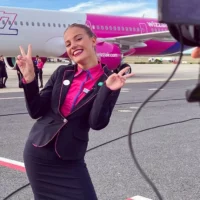

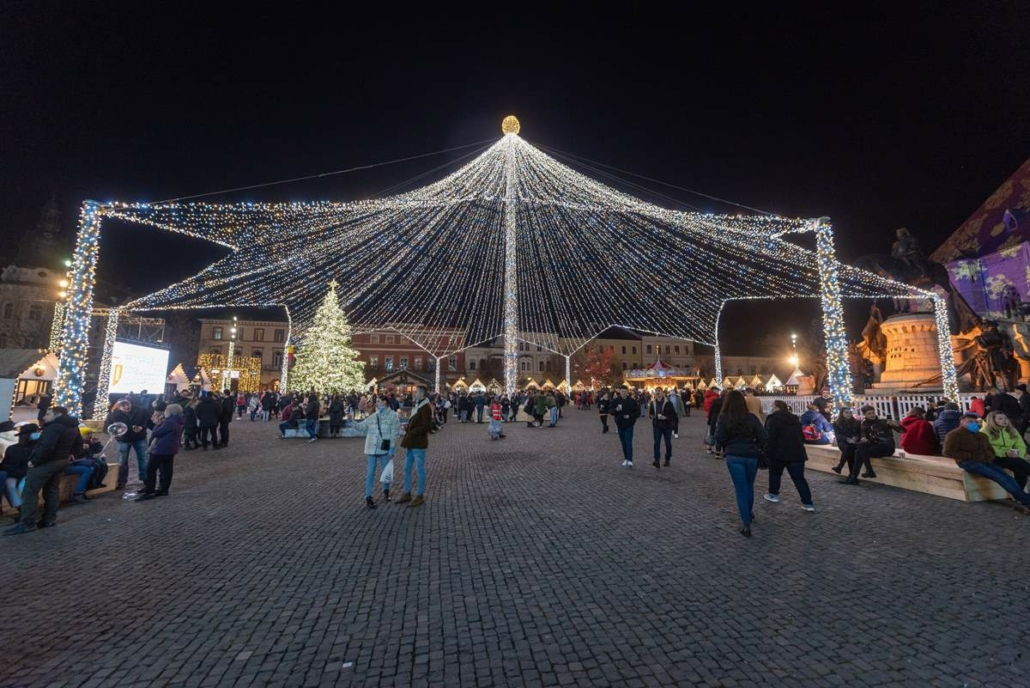
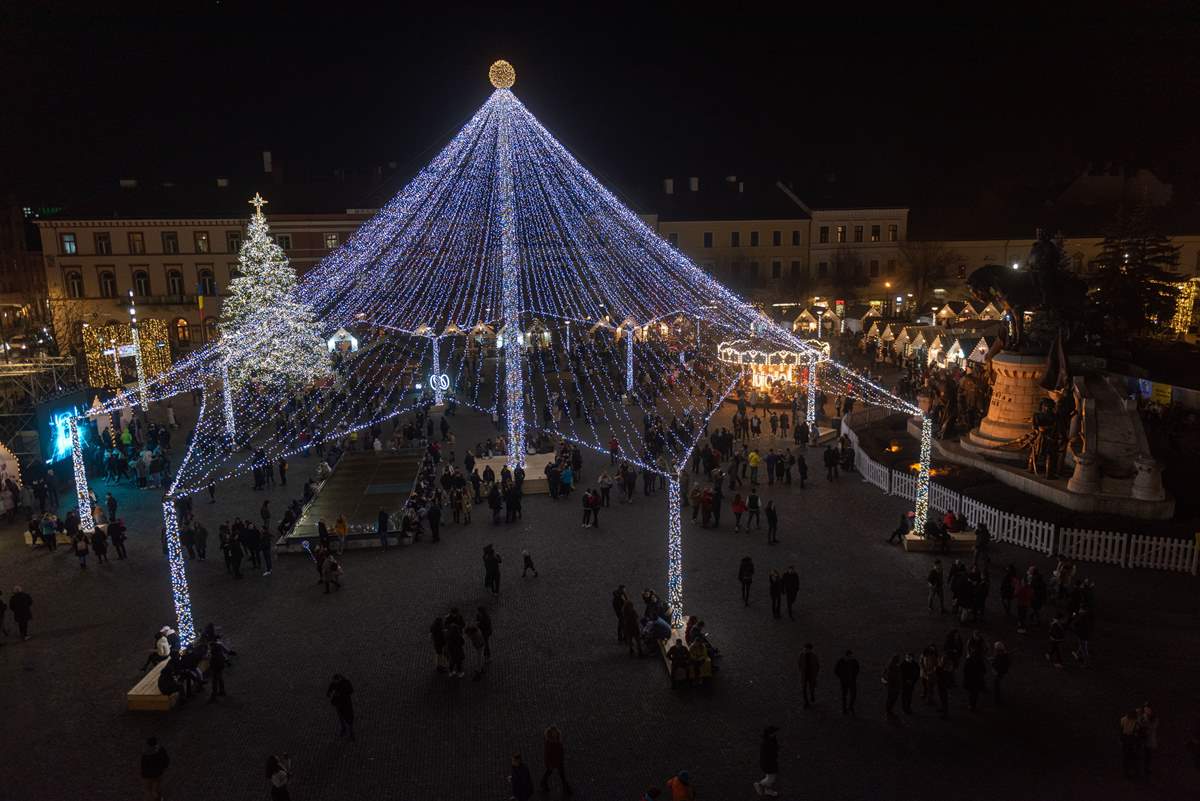
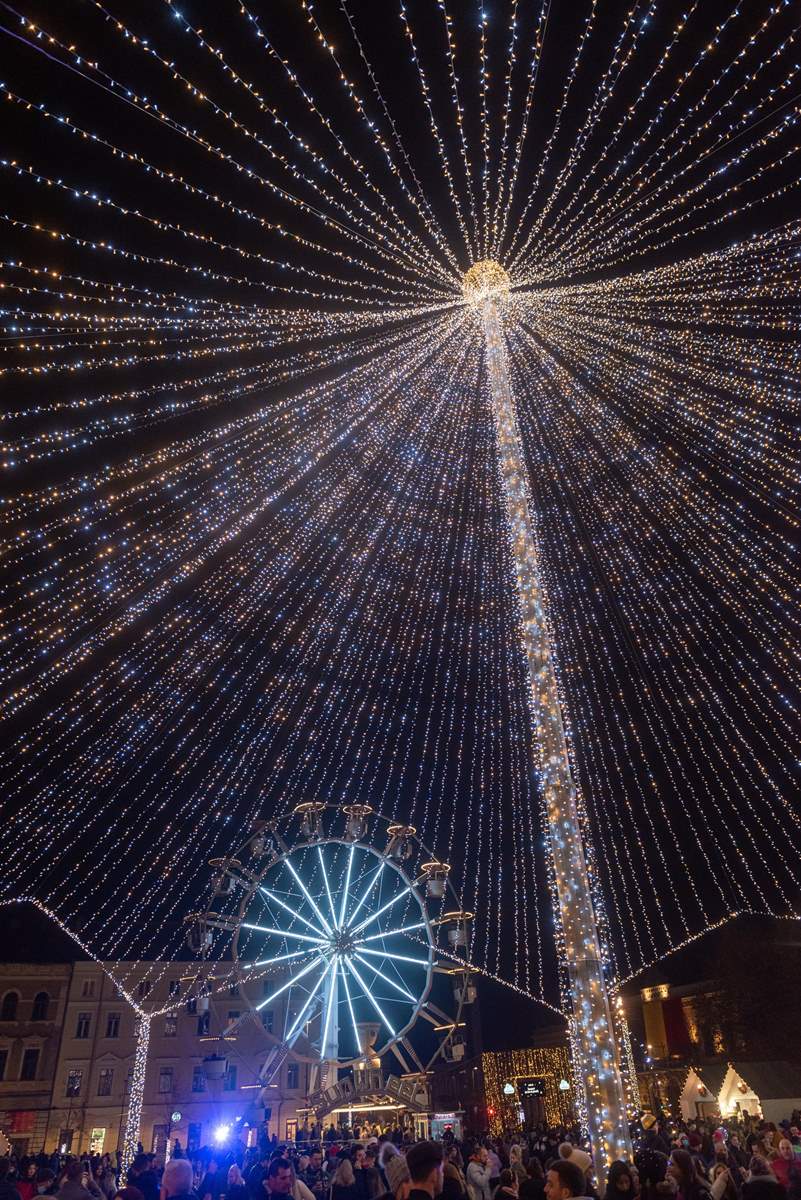

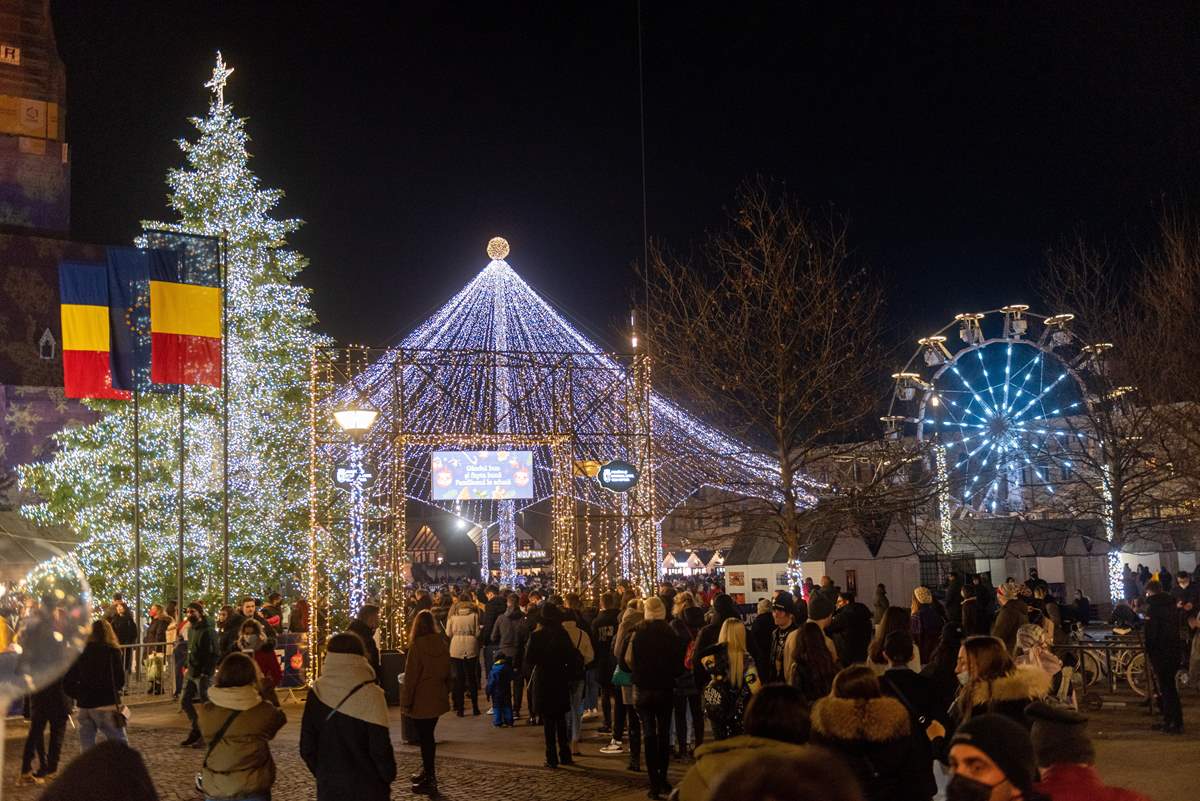

16 Comments
I was many times at Budapest Christmas markets and never saw a single sign in Romanian.
Some of my friends are Hungarian and when we went to the fare they liked it never thought of these.
Stop talking shit.
When you make a country your place of employment and family life you are obligated to learn the language and the customs. Stop adding to the hardships people already are dealing with by bringing up stuff that is often nothing but another money expenditure by taxpayers. Any extra expense tht business or education or gov’t incurs gets passed down to citizens. You can have all kinds of rules but in the end people will do what they do….some comply & make effort, others ignore. Stirring up stuff just creates bad feelings all around.
Hungarians and Szekely must increase their population numbers.
Mario there are roughly 6 000 Romanians living in Budapest and also Budapest is multicultural. Not much business from a Romanian customer.
An intelligent business rule is to cater to ones customer, meaning you sell what the customer requires and to communicate with the customer. Nothing wrong with being multilingual.
Edward, Cluj Napoca is in Romania. Language there is Romanian. Hungarians there are Romanian citizens, therefore they must learn Romanian language. Period.
The most disturbing fact is that this article is a lie in its entirety!!!!
The Cluj Christmas maket was not organised by the local authorities, but by a private firm, and it does have inscriptions in Hungarian as well!
So stop spreading fake news, for God’s sake!!
Maybe the local hungarian party should negociate with those who sell their goods on this fair. I think that private shops will agree to do it. Creating obligations is not a solution especially on a private property, of course it should be respected by local local authorities (roads, administration and so on), otherwise this is called communism.
ce plm va fute grija de Cluj ?… sinucigasilor,lepre penale ,sugatori la rusi…
Please send your comments in English if possible.
That way more people can understand what you are trying to say.
Thank you!
And P.S. Yes, at the fair’s opening, there were no hungarian-language inscriptions,but they were added later!!
And P.S.S. The Municipality of Cluj is not obliged to have bilingual signs, as the hungarian population makes up less than 20% of the city’s total population!!!!
Look, I am from Cluj, I am Romanian. There is simply no such thing, there are Hungarian inscriptions almost everywhere. This is no longer a problem.
Please focus on fighting the EU insanity cuz many Romanians appreciate Viktor Orban.
Let s not start our thing all over again :)) Remember, RDMZS, the Hungarian Party in Romania is in Governmnent since I do not remember when – there is no Government without RDMSZ, I mean they artiter Romanian policy and it is clear that , for a minority party they are even overrepresented, and people begin to hate them for actually voting any EU and globalist stupidity in exchange for some advantages – quite in contrast to Viktor Orban. If you ask me, Orban should press them to be more conservative and not allign themselves to globalist just to be against the Romanian majority !
@ilona hanah, you are forgetting the fact that the part of the country of Romania was taken from Hungary because of the Treaty of Trianon.
That would be like lecturing Indigenous people in Canada on needing to assimilate (not speaking their own language) when their land was taken away. Therefore, brush up on your history before you lecture Hungarians in Romania, especially those in Kolozsvár, on needing to assimilate into the country.
The same thing goes for you too Mario, don’t be telling Hungarians in Romania that they need to learn Romanian when their traditional homeland was taken from them.
Sincerely, The Realist
Mario, it is Kolozsvar. Cluj to you. A citizen of any country does not have to be forced to learn the official country’s language. It would help with legal matters and large business for sure, but not entirely necessary.
Hey Realist… as I recall the fall of Empires generally has consequences. One of the consequences is typically the subjugated population are freed. Because people were forced to live under the rule of dictators and monarchs doesn’t give those dicks rights in perpetuity. Why should the fall of the Austria-Hungarian Empire be different? If not then please let’s get out of here fast because this is Roman territory long before the paperless immigrant Magyars arrived.
It looks as if this rag is anty Hun as it failed to allow my comment aimed at the real Romanian called JimJones.